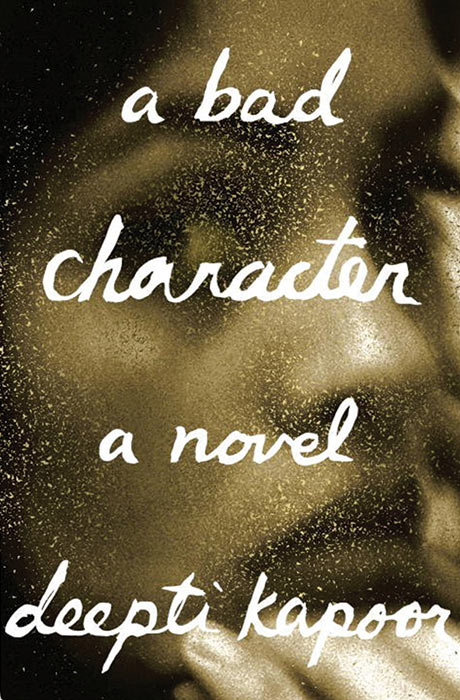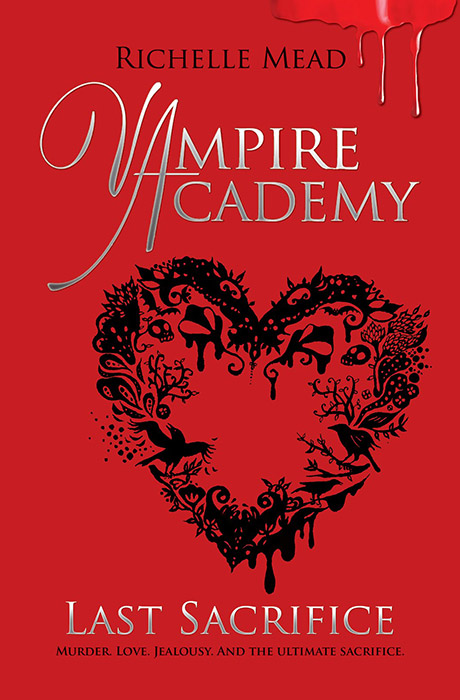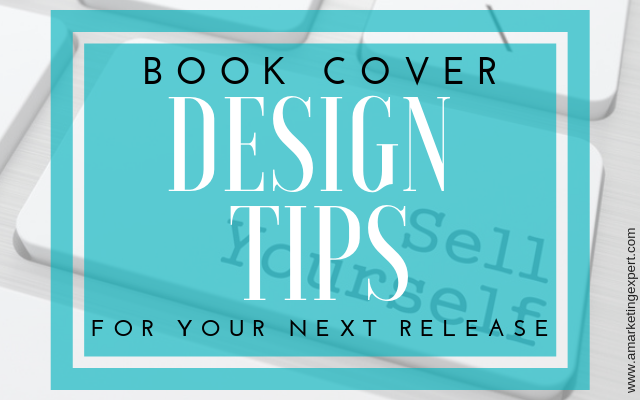Your cover can literally make or break your book, so here are some key book cover design tips that will ensure you’re not flushing all the hard work you put into writing and editing down the drain.
Here are ten things to keep in mind when developing a book cover for your next release:
Don’t use too many typefaces.

Book cover design tips for your next release
One of the most important book cover design tips is to limit yourself to two typefaces. Some book covers may require a third; others can shine with just one. This cover’s composition is strong—the eye is drawn to the center of the hero image—but the fonts are out of control and cheapen the whole look and make it seem less professional.
Don’t overload your cover with ideas.

Book cover design tips for your next release
A book cover is an elevator pitch—you’ve got literally milliseconds to convince a potential reader. And if you can’t boil your book down to one central concept, you’re in trouble. This cover design is a good example of trying to give too much away with the cover, and the end result just seems confusing, so I’m sure this author lost sales conversions due to their cover.
Don’t skimp on an illustrator.

Book cover design tips for your next release
Seek out a talented professional if your book requires a custom image— and be prepared to pay them for their services. Custom illustration isn’t cheap, but nothing kills a cover like a bad illustration. This cover started out strong—the font gives off a vibe that fits the frigid imagery, but the hand-drawn hairy man really isn’t doing it any favors. Probably one of the best book cover design tips I can give you is: don’t design your own cover or illustrations.
Don’t rely on Photoshop for imagery.

Book cover design tips for your next release
A common go-to is to rely on Photoshop to create a custom collage. This almost never ends well. The concept of this cover is really charming, but our eyes are extremely savvy when it comes to inconsistencies in lighting and scale. The legs are too big for that path and the leaves. A similar image is probably available at a stock agency. If not, hire a photographer and a few models for a couple hours. This cover is fooling no one.
Be cautious when depicting a character.

Book cover design tips for your next release
More than any other art form, reading inspires and requires imagination. Depicting a specific person on your cover curtails this possibility for any reader who isn’t that person.
Don’t rely on trends.

Book cover design tips for your next release
Yes, I encourage authors to look for and follow trends, to be fans of their own genre, and to reference the bestseller pages for inspiration on what’s piquing buyer interest, but there’s a fine line between ensuring you’re staying competitive and becoming lost in the sea of options. You also want to be cautious if you plan on writing a series (or haven’t totally written it off) because your series needs to be branded for long term success, and jumping on big trends, like using font entirely in a handwritten style like this cover, doesn’t give you much room to grow as this trend fades.
Don’t be afraid to break a few rules.

Book cover design tips for your next release
You can’t stand out by following all the rules. And these covers all push the limits of the most important tenet of cover design—legibility—and are bolder and more intriguing for it. There’s a delicate balance, though. So if you’re willing to take a risk and your designer really has some great out of the box ideas, I’d encourage you to get some feedback from your network. If you have a super fan group then give them early voting access to some ideas you’re floating around. Just don’t make decisions about a dramatic cover in a vacuum without doing a small market test.
But don’t get overly clever.

Book cover design tips for your next release
Here, the designer resorts to “clever” font play, wherein an “A” is shared between two words. The result is simple confusion. Remember the elevator pitch rule: you’ve got milliseconds. If it takes a reader seventeen seconds just to decipher your title, forget about making that sale.
Don’t overdo it with the copy.

Book cover design tips for your next release
There are so many words on this cover I don’t know start. Your cover should not replace your book description, your reviews section on Amazon, and your resume. Non-fiction does carry the burden of proving legitimacy, but you need to decide what’s most important for making the best first impression—and put the rest on your retail page.
Don’t use a template.

Book cover design tips for your next release
A cover template may seem like a reasonable (and affordable) solution to the difficult task of creating an effective book cover. But remember, book covers aren’t created—they’re designed. And what happens when someone else publishes their book using that same cover template?
With so many factors in play, it can be tough to focus and prioritize the elements that matter. Contact me today and let’s see how I can help you with your book.
Resources and Free Downloads
Does Your Book Cover Need a Makeover?
Sell More Children’s Books with These Cover Rules
5 Easy Ways to Upgrade Your Reader Engagement




Good points.
Thanks.
I’d be interested to read about factors to be considered in designing the spine – colours\contrast\info\direction.
also, fwiw …
I’d like the font colour of this blog more if you’d used a bold font but it’s rather faint for me(64yrs, fairly good eyes, I thought!) as a fine face.
Line length is good for me, thanks.
The section “Three seconds to interest your reader. Mind these insightful tips on what NOT to do to your book…” is far far too faint to grab my interest.
Thanks
thanks for the information
Thank You great article!